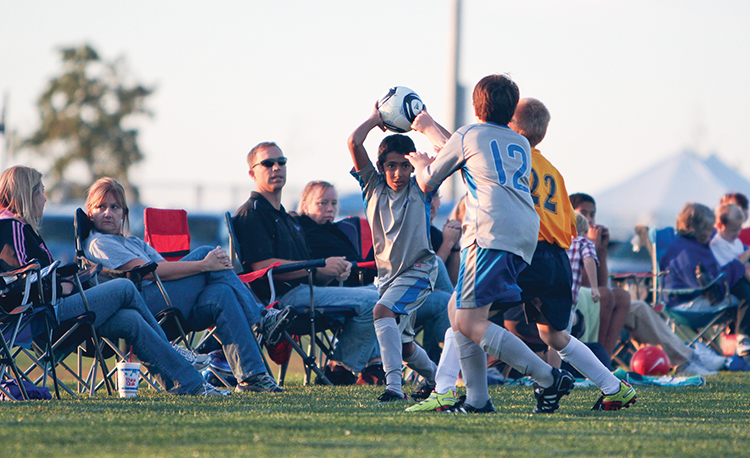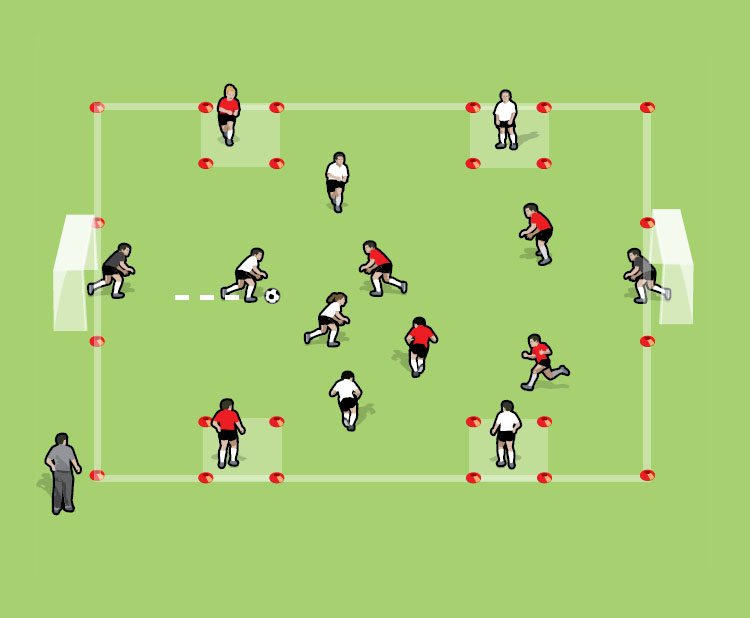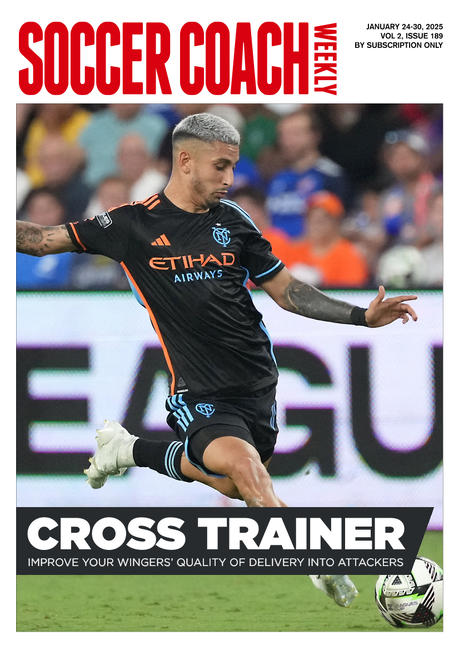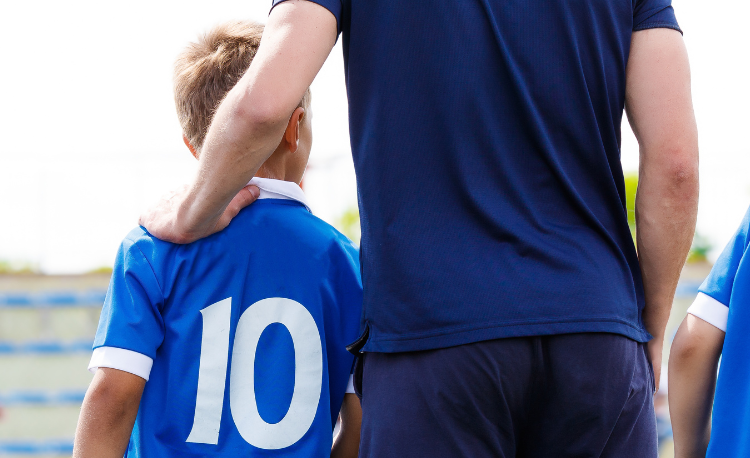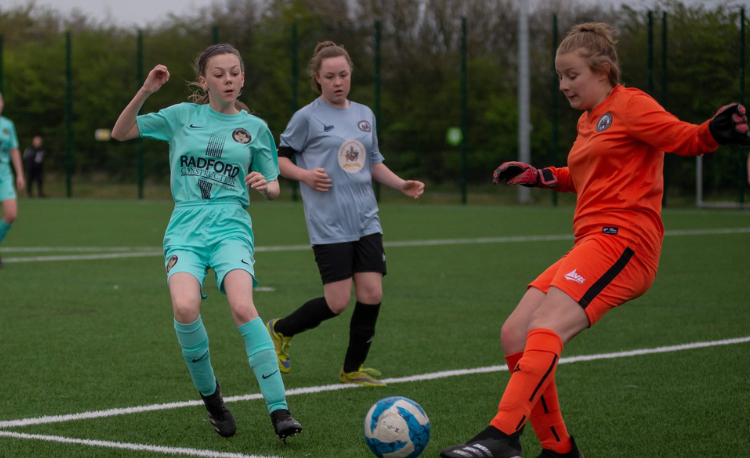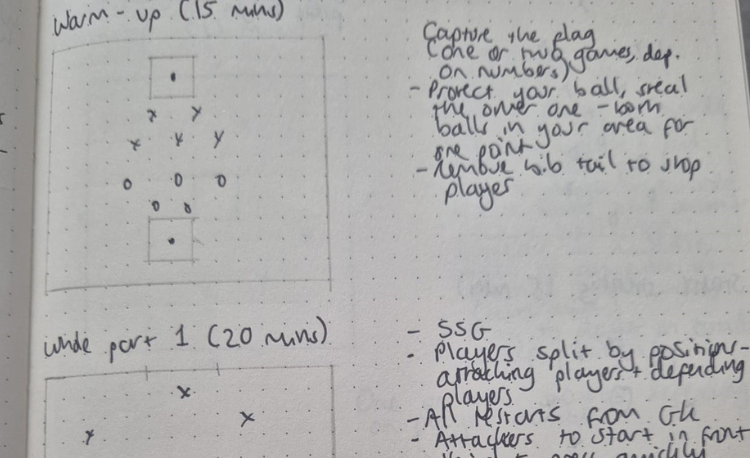Make a break with a quickly taken throw
Forget relying on that one kid who can launch a ball a long way - make sure all your players are confident enough to get it back into play as quickly as possible
The throw-in is a much underrated means of creating chances in soccer at any age or ability level.
But we don’t just mean handing the ball to a long-throw expert, even if it is an excellent weapon to have in a team’s armoury.
There will undoubtedly be some players in your team who can throw further and more accurately than others. But resist the temptation to turn to these players whenever the ball goes out of play.
Calling upon your strongest throwers may mean them coming out of position, holding up the game and allowing the opposing defence to regain its shape.
At grassroots level, having every player confident enough to pick up the ball and take a quick throw can be useful.
And if mistakes are made, referees are often more lenient at younger age levels and may allow a foul throw to be taken again.
If this happens, ask the player to try again, with a quick reminder of where they went wrong – you need all your players to be confident enough to take a quick throw.
The most common cause of a foul throw in young players is the failure to keep both feet planted firmly on the ground.
In the excitement of a game, the desire to project the ball as far as possible can be overwhelming - but often what is actually required is accuracy, to a team-mate or into space.
"Throwing into space rather than directly to a team-mate is good as it turns defences..."
Throw-ins can be practised in training, with players in pairs taking turns to throw the ball to each other.
Emphasise accuracy, not power, and remind the throwers of the importance of having both feet planted on the ground, to avoid being penalised.
The other basic errors that cause foul throws include not bringing the ball back behind the head properly with two hands, and not releasing it early enough.
Practise this first so that every player is comfortable with what to do before progressing.
Once you are happy they can throw without committing a foul, you can then improve technique.
Work on the position of the feet - shoulder width apart ideally - then work on bringing the whole upper body back and then forwards to increase distance.
Also, work on ensuring the index fingers and thumbs are as close as possible and that the fingers are well spread for better control.
Get your throwers to look down the line as a first option – even throwing into space rather than directly to a team-mate is good as it turns defences and puts them under pressure.
If you’ve got some fast forwards, there’s a good chance they will get into that space and pick up the ball first anyway.
Related Files
Newsletter Sign Up
Coaches Testimonials

Gerald Kearney, Downtown Las Vegas Soccer Club

Paul Butler, Florida, USA

Rick Shields, Springboro, USA

Tony Green, Pierrefonds Titans, Quebec, Canada
Subscribe Today
Discover the simple way to become a more effective, more successful soccer coach
In a recent survey 89% of subscribers said Soccer Coach Weekly makes them more confident, 91% said Soccer Coach Weekly makes them a more effective coach and 93% said Soccer Coach Weekly makes them more inspired.
*includes 3 coaching manuals
Get Weekly Inspiration
All the latest techniques and approaches
Soccer Coach Weekly offers proven and easy to use soccer drills, coaching sessions, practice plans, small-sided games, warm-ups, training tips and advice.
We've been at the cutting edge of soccer coaching since we launched in 2007, creating resources for the grassroots youth coach, following best practice from around the world and insights from the professional game.
